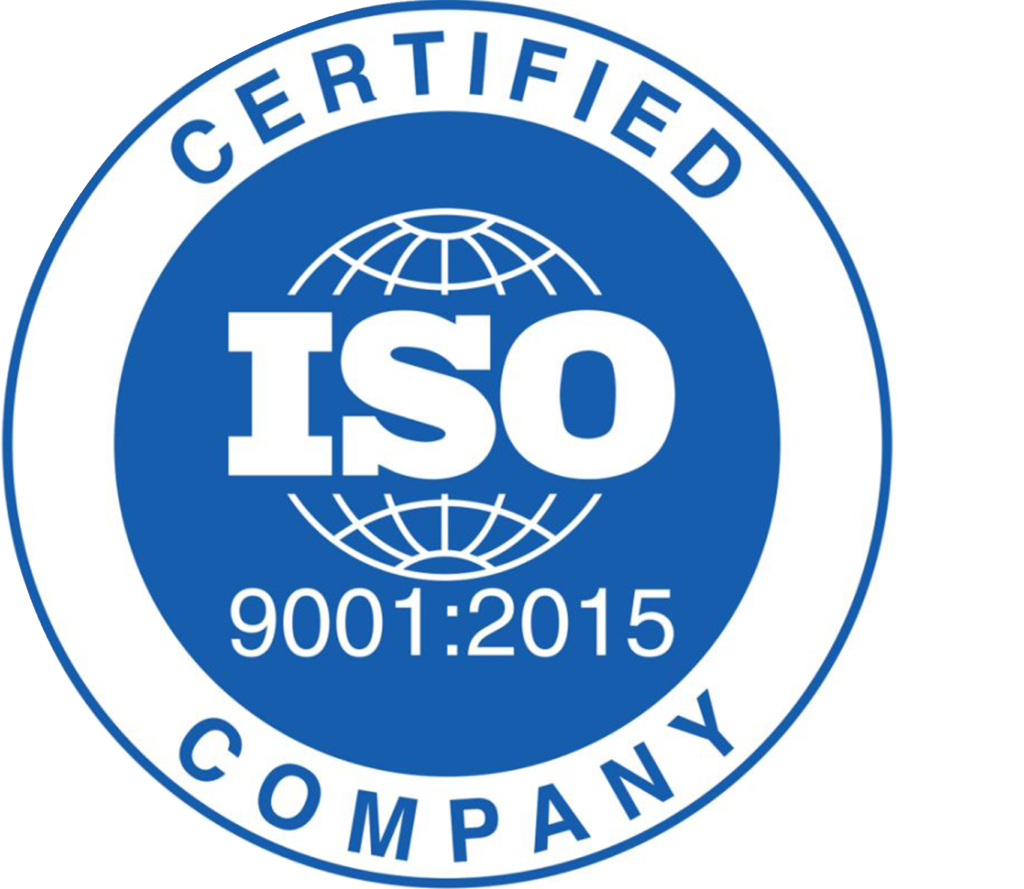Master Data Management For Data Professionals: Businesses generate and consume vast amounts of data daily – vast in the sense, that managing all this data can be overwhelming for any business. Master Data Management (MDM) helps businesses organize and manage their data to ensure that it is accurate and up-to-date.
This article contains the following:
- Overview Of Master Data Management For Data Professionals
- Why Is Master Data Management Important
- What Are The Different Types Of Master Data
- Master Data Management Tools
Master Data Management For Data Professionals: Overview
Master data management for data professionals is a vital practice that helps organizations maintain a single, consistent, and accurate view of their critical data. Let’s find out why Master data management for data professionals is essential and delve into the different types of master data that data professionals need to manage, shall we?
Why Is Master Data Management Important?
Master Data Management (MDM) is a critical practice for data professionals, ensuring that organizations maintain a single, consistent, and accurate view of their essential data. Here’s why master data management is important:
1. Ensuring data quality
Who here doesn’t know that high-quality data is the foundation of effective business decisions? Master data management for data professionals can ensure that data is accurate, consistent, and up-to-date across the organization.
Centralizing data management (brings together all data into one place) helps organizations remove duplicates, fix errors, and standardize data formats, resulting in higher data quality. This reliable data supports accurate reporting and analytics, forming a solid foundation for strategic decisions.
2. Enhancing data integration
In an enterprise, data often resides in various systems and databases. Master data management for data professionals facilitates seamless data integration by providing a unified view of data across different sources.
This integration enables more efficient data sharing and collaboration between departments, enhancing overall operational efficiency. It allows for better cross-functional insights and unified customer views, leading to more cohesive and informed business strategies.
3. Supporting regulatory compliance
Regulatory requirements around data privacy and security are becoming increasingly stringent. Master Data Management helps organizations comply with regulations such as GDPR, HIPAA, and others by ensuring that data is properly managed and protected. It provides a clear audit trail and improves data governance, making it easier to demonstrate compliance.
This proactive approach to compliance reduces the risk of penalties and enhances an organization’s reputation for data integrity and responsibility.

4. Enabling better decision-making
Accurate and reliable master data is critical for strategic decision-making. Master Data Management provides a single source of truth for key business data, enabling data professionals and business leaders to make informed decisions based on consistent and reliable information.
This leads to better strategic planning, risk management, and performance measurement, especially when considering master data management for data professionals. With a clear and accurate picture of the business landscape, leaders can drive growth and innovation more effectively.
5. Reducing costs
Poor data management can lead to significant costs related to data cleaning, error correction, and inefficient processes. Master data management reduces these costs by streamlining data management processes, reducing redundancy, and improving data accuracy. This efficiency translates into cost savings and better resource allocation.
By investing in MDM, organizations can minimize the resources needed to manage data issues and redirect those savings toward strategic initiatives.
6. Improving customer experience
Master data management plays a crucial role in enhancing the customer experience. By ensuring that customer data is accurate and up-to-date, organizations can provide more personalized and timely services. This leads to improved customer satisfaction and loyalty.
For instance, when it comes to Master data management for data professionals, consistent customer data across marketing, sales, and support teams ensures that all interactions are informed by the same information, leading to a seamless customer experience.
7. Facilitating digital transformation
Digital transformation initiatives rely heavily on data. Master data management provides the solid data foundation needed to support these initiatives.
By ensuring that data is accurate, consistent, and accessible, MDM enables organizations to leverage advanced technologies such as artificial intelligence, machine learning, and data analytics effectively. This support is crucial for driving innovation and maintaining a competitive edge in the digital economy.
What Are The Different Types Of Master Data?
Master data is essential information that organizations use as a reference or baseline for business transactions and operations. It typically includes key entities such as customers, products, suppliers, employees, and locations. Each type of master data serves a distinct purpose and is crucial for different aspects of business management.
Okay okay, enough explanation – we know. Know more on what are the different types of master data here:
Table 1: What are the different types of master data?
| Type of Master Data | Description | Features |
| Customer Data | Information about individuals or organizations that purchase goods or services. Essential for CRM, marketing, and sales activities. | Customer ID, Name, Contact Information, Purchase History, Preferences |
| Product Data | Details about goods or services offered by the organization. Includes product specifications, pricing, and inventory information. | Product ID, Name, Description, Category, Price, Inventory Level |
| Supplier Data | Information about entities that supply goods or services to the organization. Crucial for procurement and supply chain management. | Supplier ID, Name, Contact Information, Products Supplied, Contract Details |
| Employee Data | Information about individuals employed by the organization. Includes details for HR management, payroll, and compliance purposes. | Employee ID, Name, Contact Information, Position, Department, Salary |
| Location Data | Information about physical or virtual locations relevant to the organization’s operations. Used for logistics, marketing, and strategic planning. | Location ID, Name, Address, Coordinates, Type, Capacity |

What Are Master Data Management Tools?
Master Data Management (MDM) tools are software solutions designed to centralize, organize, and manage master data across an organization. These tools facilitate the creation, maintenance, and distribution of consistent and accurate master data to ensure data quality and reliability.
Here are some common types and examples of master data management tools:
Types of master data management tools
Registry-based MDM Tools:
- Registry-based MDM tools maintain metadata about master data records and their relationships.
- They act as a centralized index or registry that references master data stored in various systems.
Example: IBM InfoSphere MDM, Informatica MDM Registry Edition.
Repository-based MDM Tools:
- Master data management tools like repository-based MDM tools store master data records themselves in a centralized repository.
- They manage data governance, versioning, and synchronization across systems.
Example: Informatica MDM Multidomain Edition, SAP Master Data Governance.
Consolidation-based MDM Tools:
- Consolidation-based master data management tools focus on integrating and consolidating master data from multiple sources into a single, authoritative version.
- They often include data cleansing and deduplication functionalities.
Example: Oracle Customer Hub, Talend MDM.
Coexistence-based MDM Tools:
- Coexistence-based master data management tools allow organizations to maintain master data in existing systems while synchronizing changes across systems in real time or through scheduled updates.
Example: Stibo Systems STEP, Riversand MDM.
Cloud-based MDM Tools:
- Cloud-based master data management tools are hosted and managed in the cloud, offering scalability, flexibility, and reduced infrastructure costs.
- They provide features for data integration, governance, and access control.
Example: Profisee MDM, Reltio Cloud.
On A Final Note…
For data professionals, investing in Master Data Management is not just beneficial but essential. It empowers them to manage data effectively, derive actionable insights, and contribute significantly to the overall organizational success in the increasingly data-driven business world.
Curious to know more? Reach out to us at Ze Learning Labb. Ignite your career with us!





